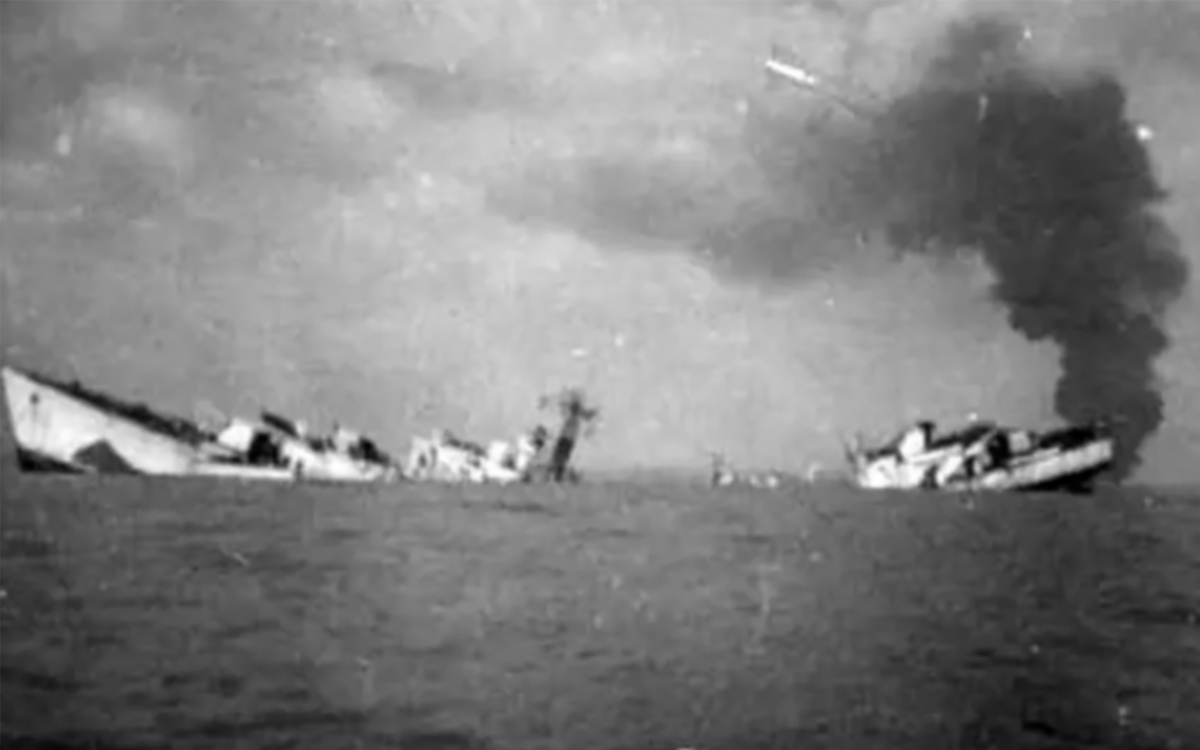With the large number of Allied ships during D-Day, did the German navy attack the fleet using submarines or E-boats or other means?
WES CHAN, WESTMINSTER, MD.
The easy answer is that the hopelessly outmatched German Kriegsmarine had no chance of stopping the massive Allied fleet of nearly 7,000 vessels supporting the Normandy landings. That isn’t to say they didn’t try, but their few successes were at best inconsequential and came at great cost to Nazi Germany.
A primary reason is that the German navy was caught entirely by surprise on D-Day. The storm the day before convinced many German leaders that the invasion couldn’t possibly happen on June 6, 1944. Even when reports from Normandy began to reach German leaders, it was assumed the landings there were merely a feint and that the real invasion would begin elsewhere in subsequent days. Hence German submarines were still in their pens when the landings commenced at dawn; no commander wanted to launch at that point, in broad daylight and vulnerable to aerial attack, especially if the real invasion was yet to come.
U-boats had some few successes in the following days but also suffered irreplaceable losses. By 1944, after all, the Allied fleets had gained impressive experience in detecting and attacking German subs. Spotter planes, destroyers and destroyer escorts — small, fast patrol boats armed with torpedoes — were all vigilantly looking for German vessels in the Channel.
Got a query for us?
- Email worldwar2@historynet.com
- Send a letter to: Ask World War II, 9720 Wilshire Blvd., 6th floor, Beverly Hills CA 90212
Small German surface vessels like E-boats did get into the fight, but in such small numbers that they hardly qualified as pinpricks. One exception, and probably the Kriegsmarine’s biggest triumph on D-Day, was the sinking off Sword Beach of the Norwegian destroyer Svenner by a torpedo boat, with the loss of 33 sailors out of a crew of 219.
While the E-boat crew may well have bragged, in fact the most effective weapon the Germans had against the Allied ships were not manned vessels at all but naval mines. While it wasn’t always clear if the losses were inflicted by mines or torpedoes, it’s nonetheless estimated that at least three dozen American ships were damaged or destroyed by mines on D-Day and in the days that immediately followed.
—John D. Long is the director of education at the National D-Day Memorial Foundation in Bedford, Va.






